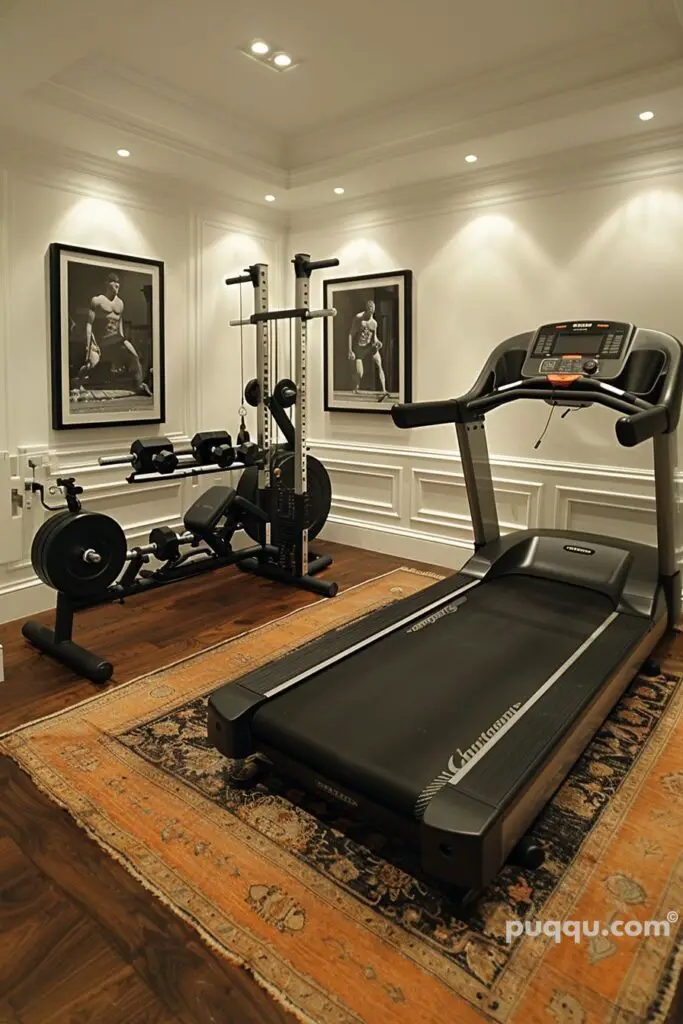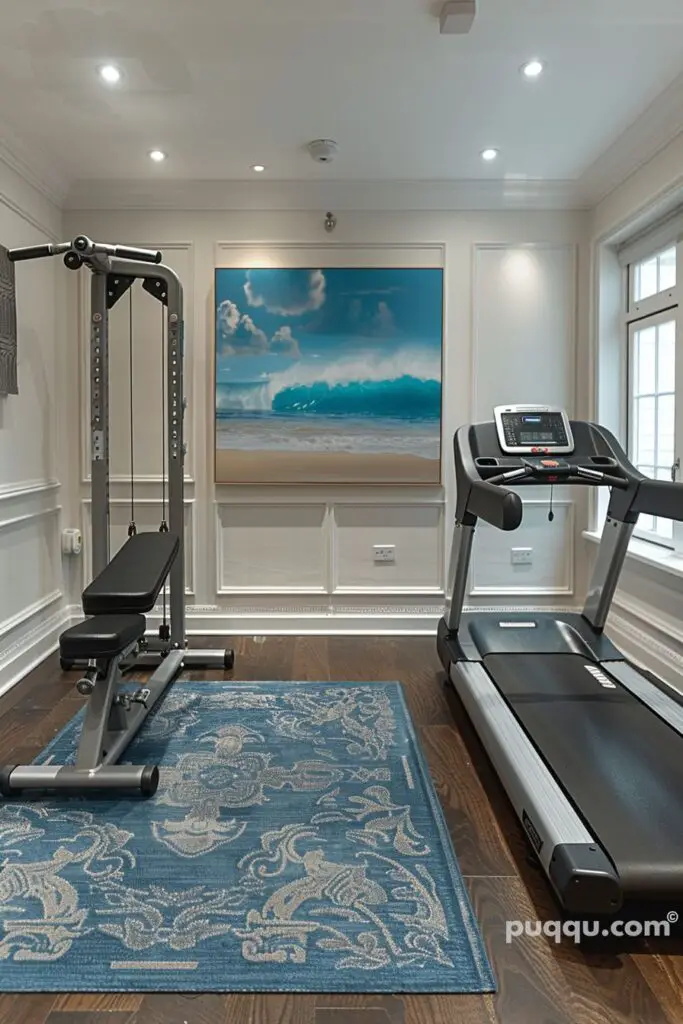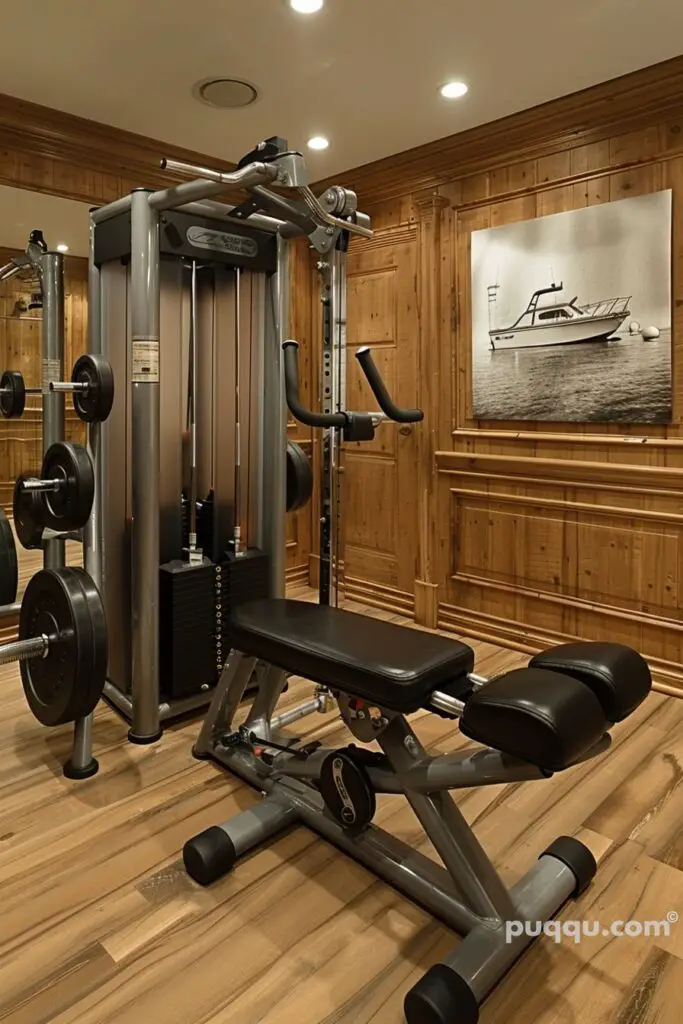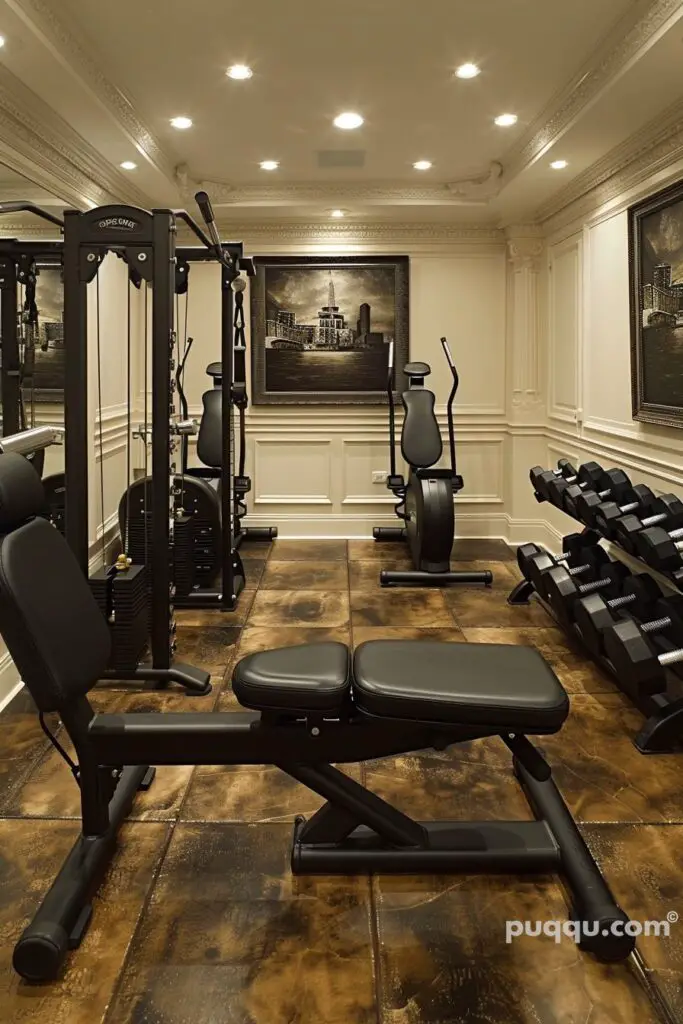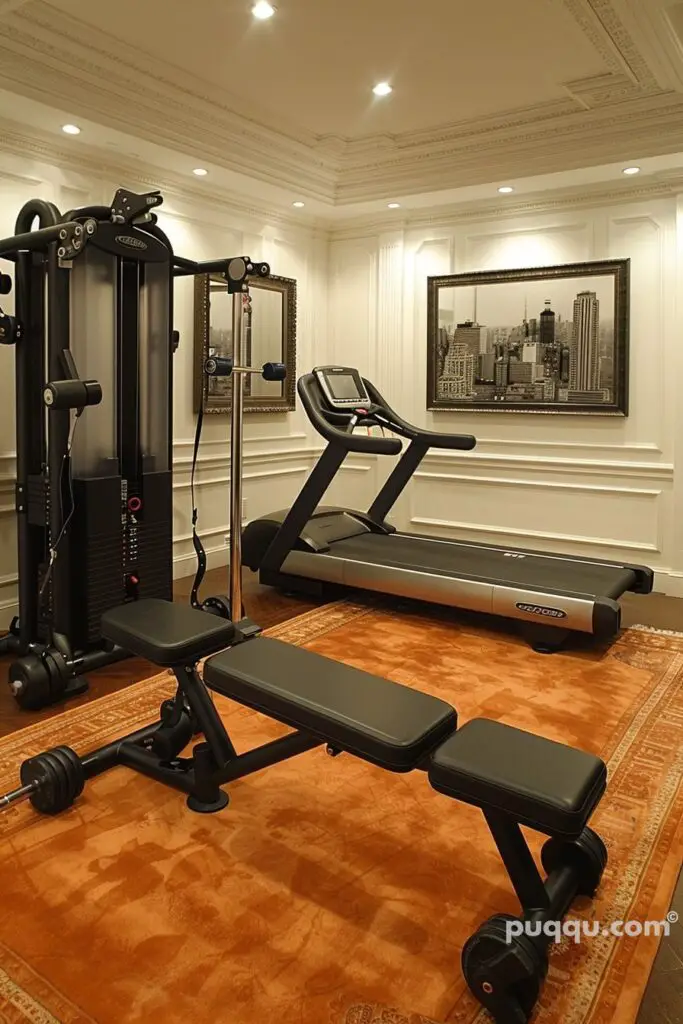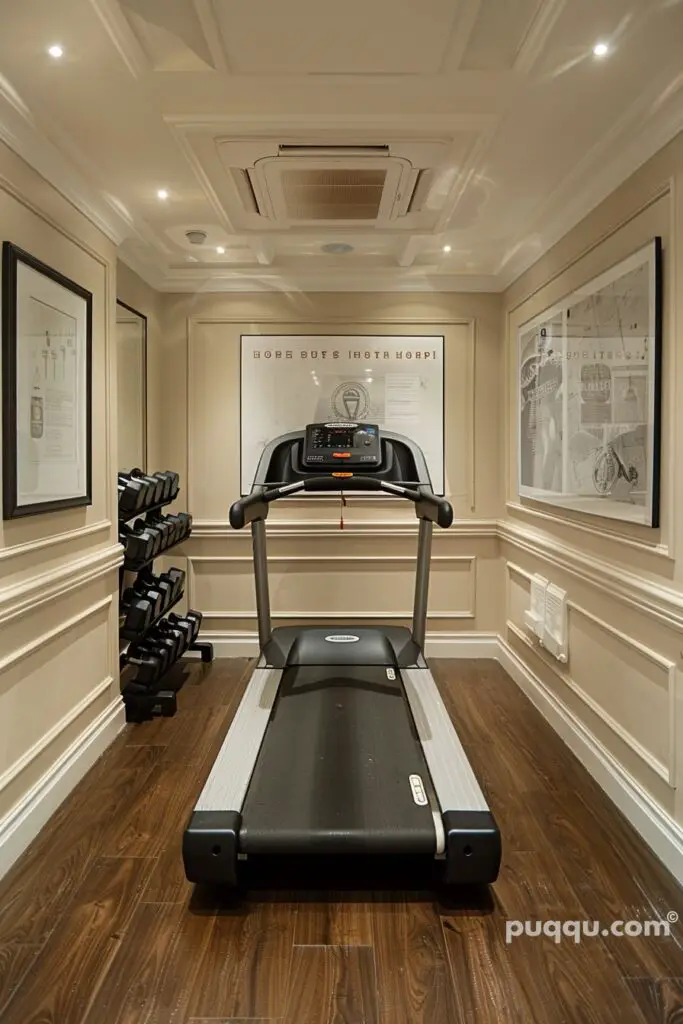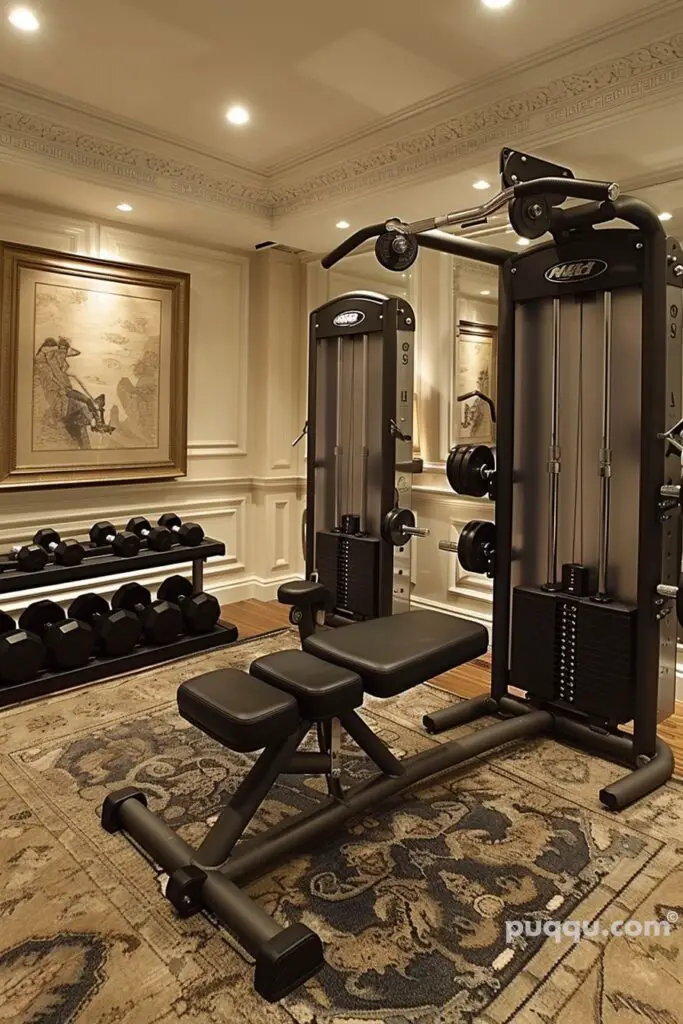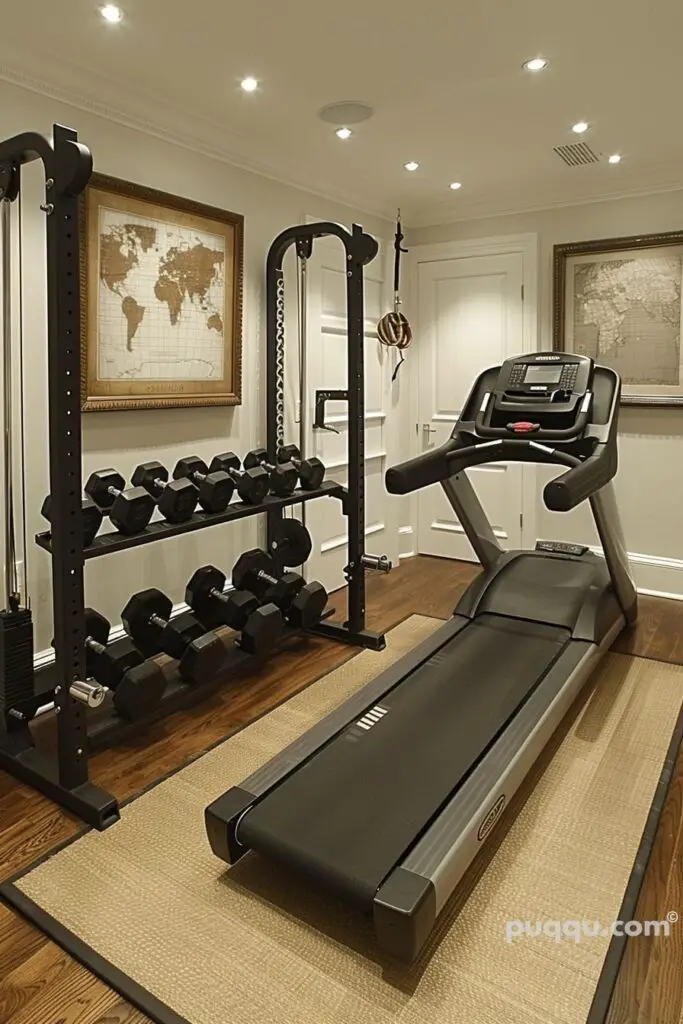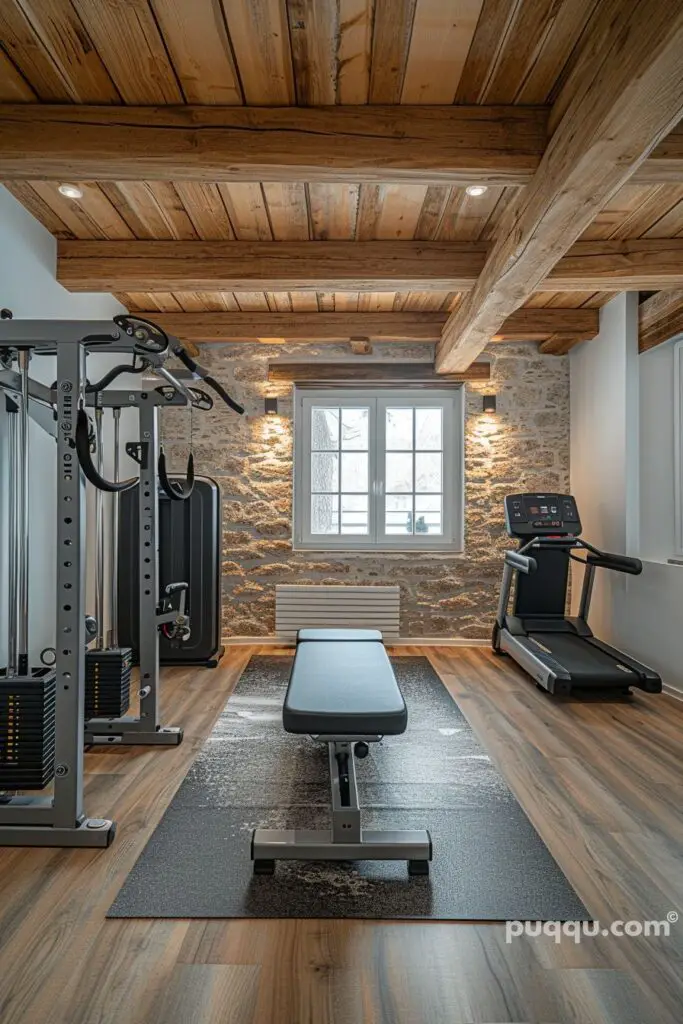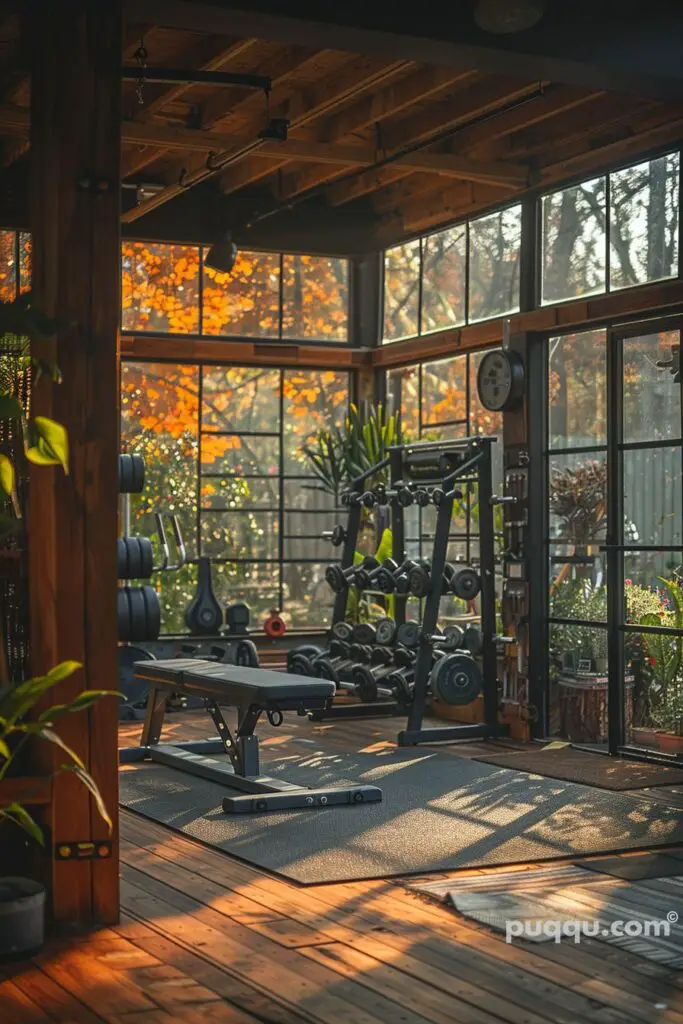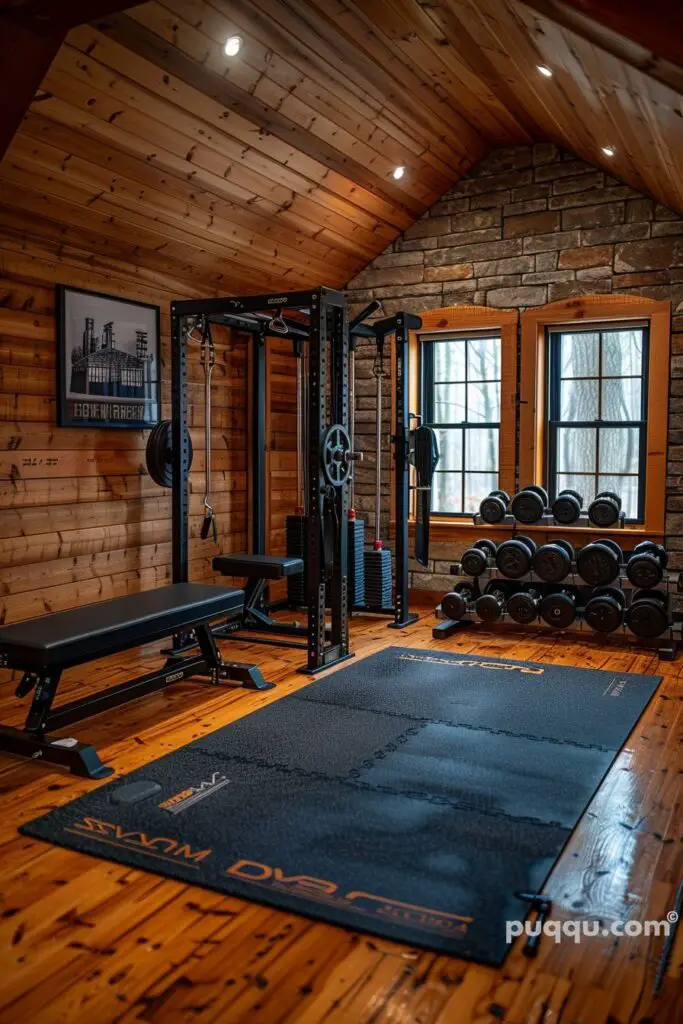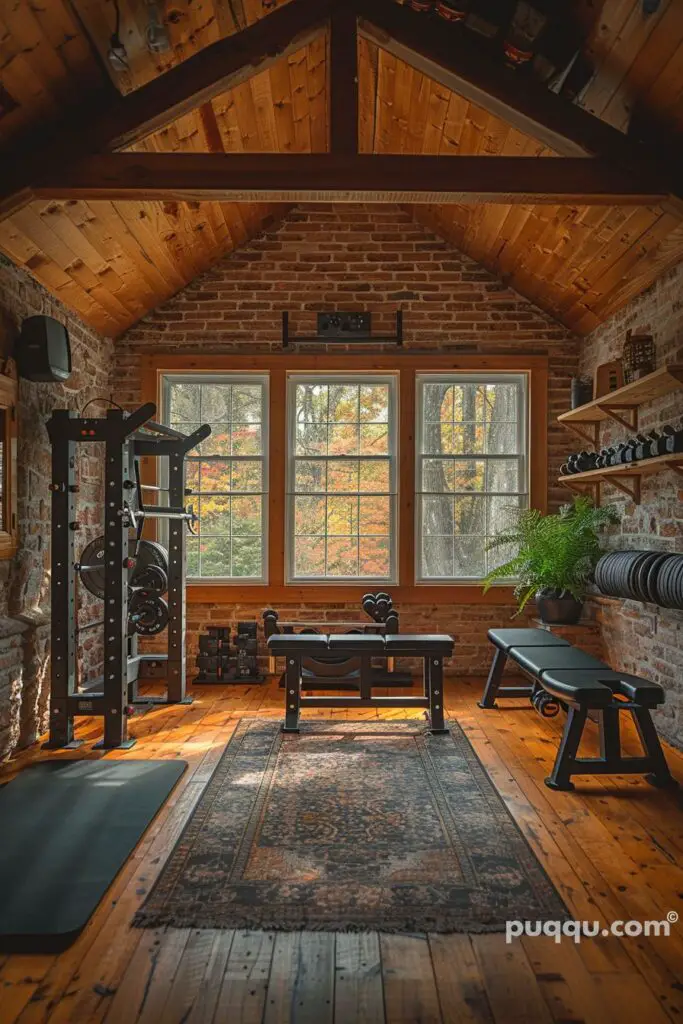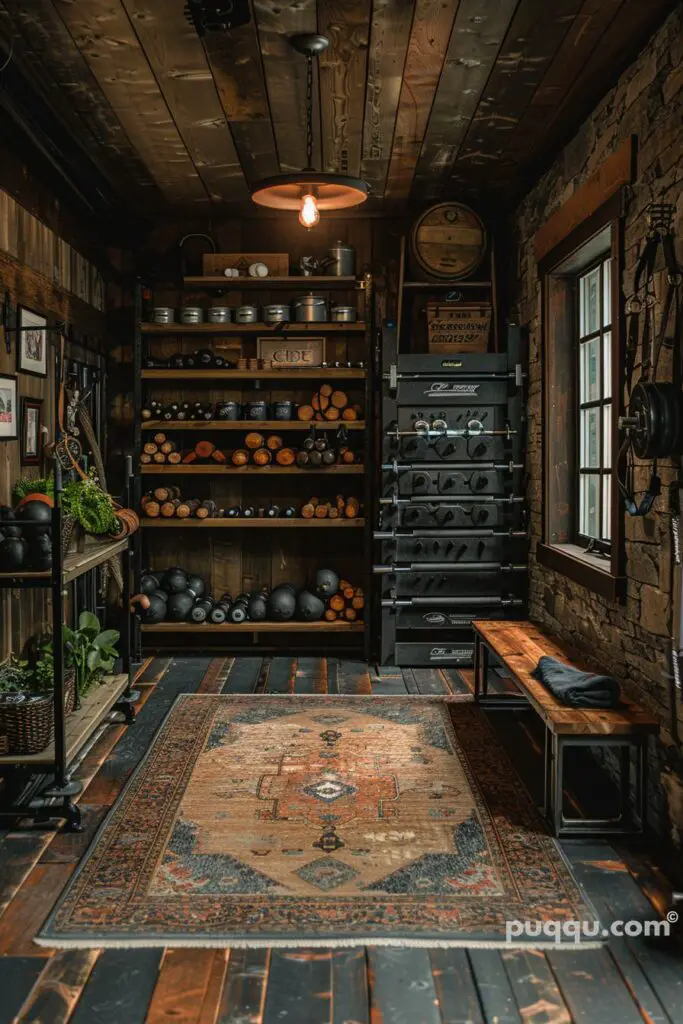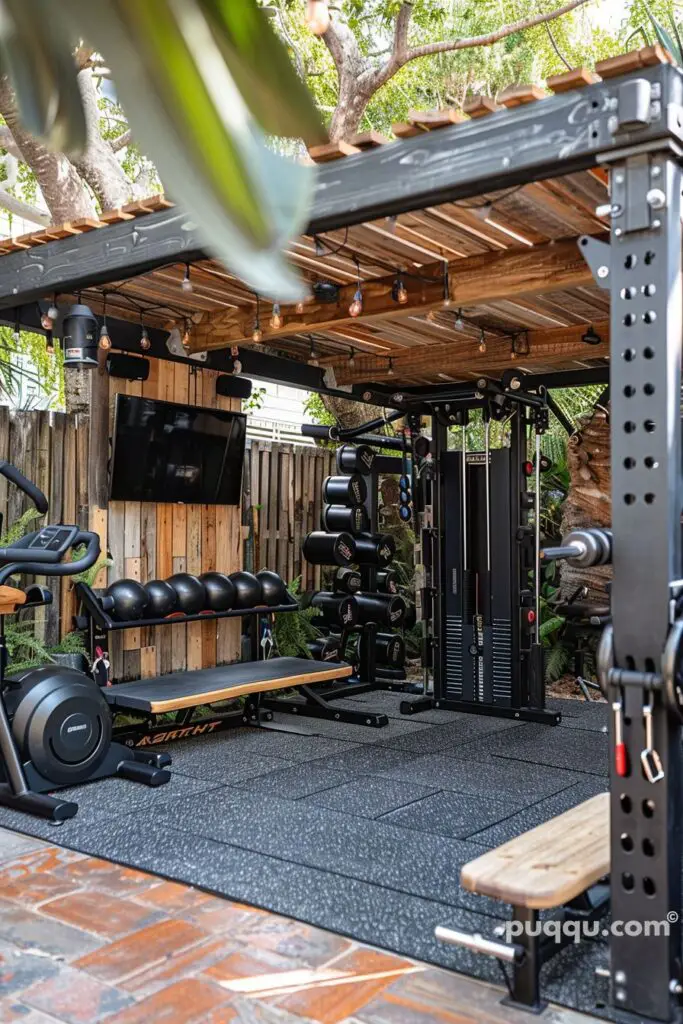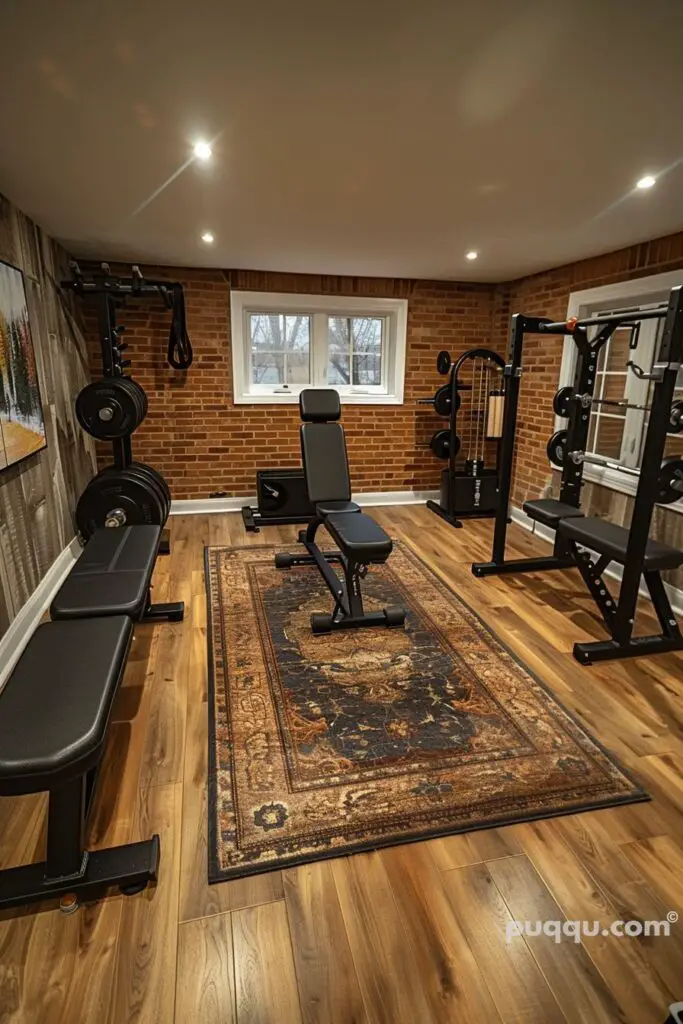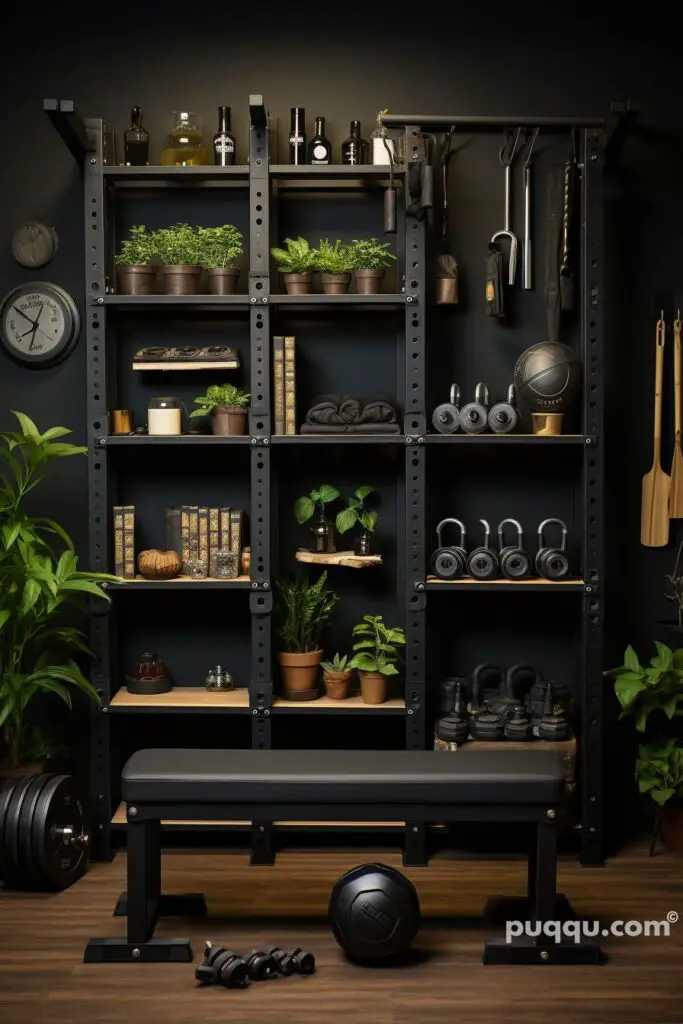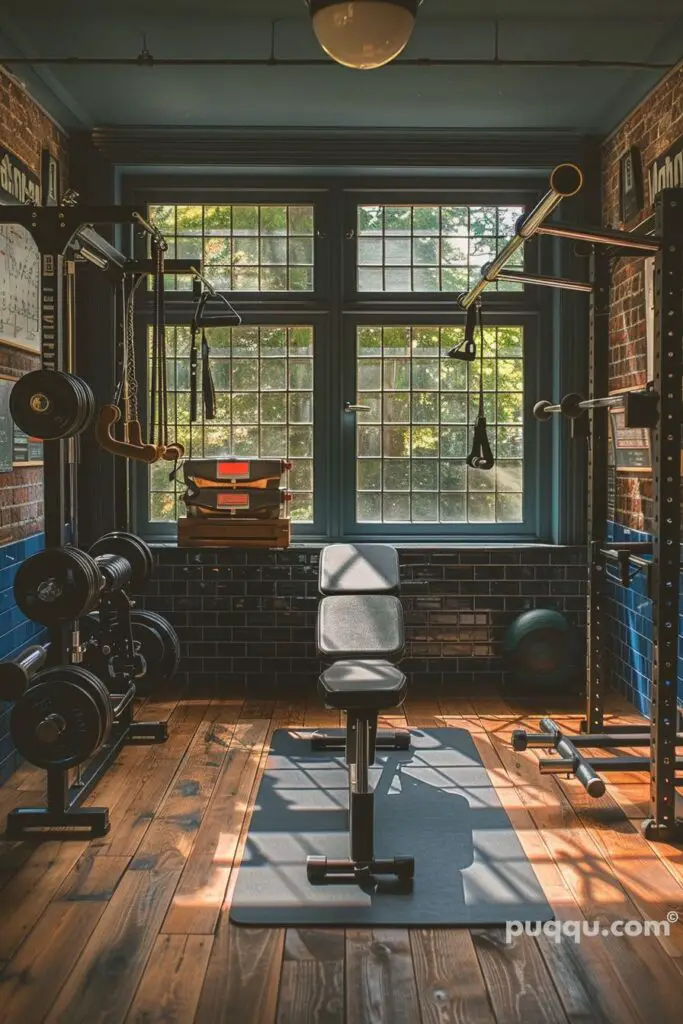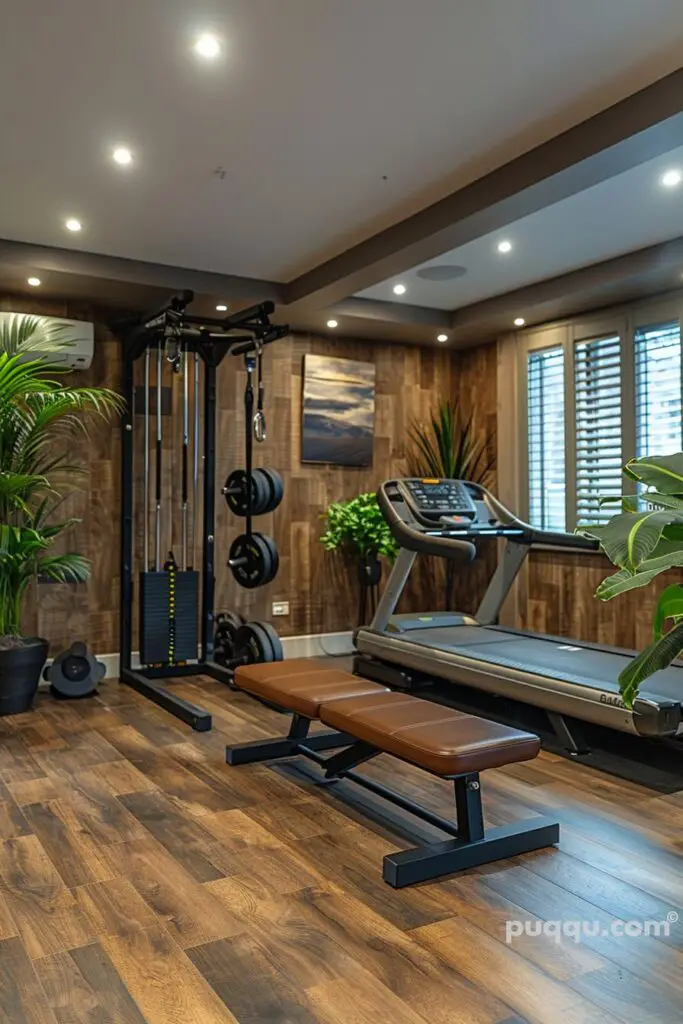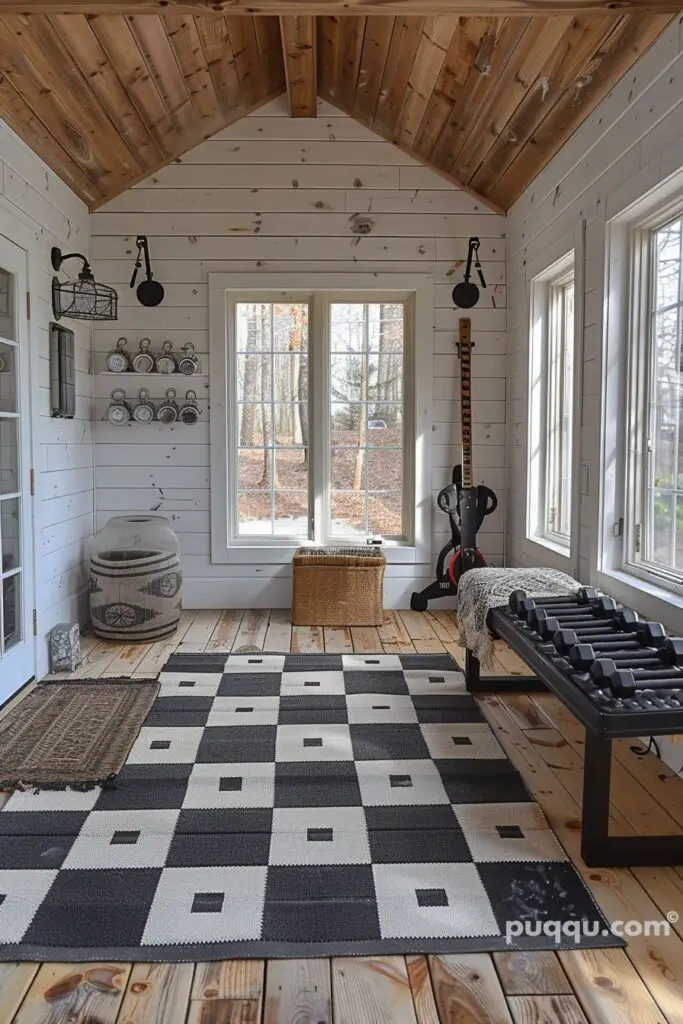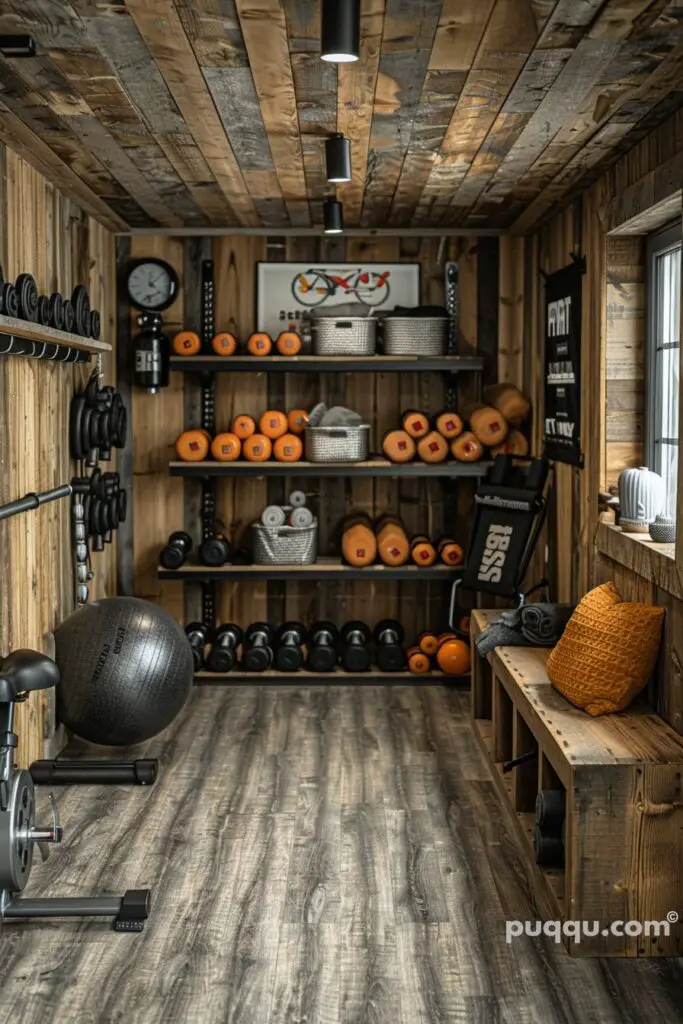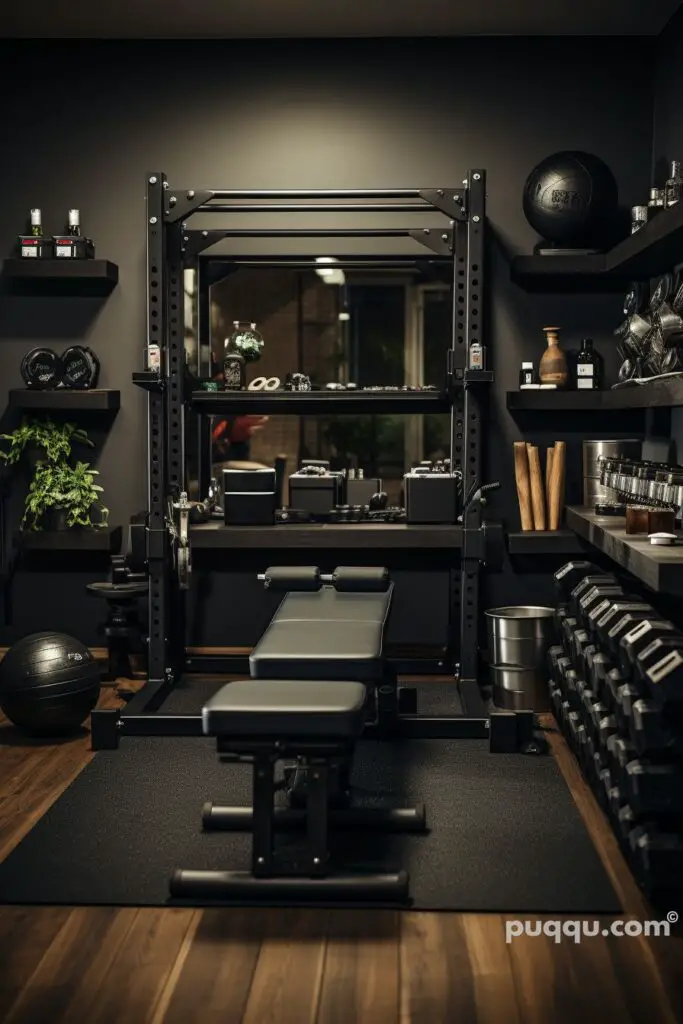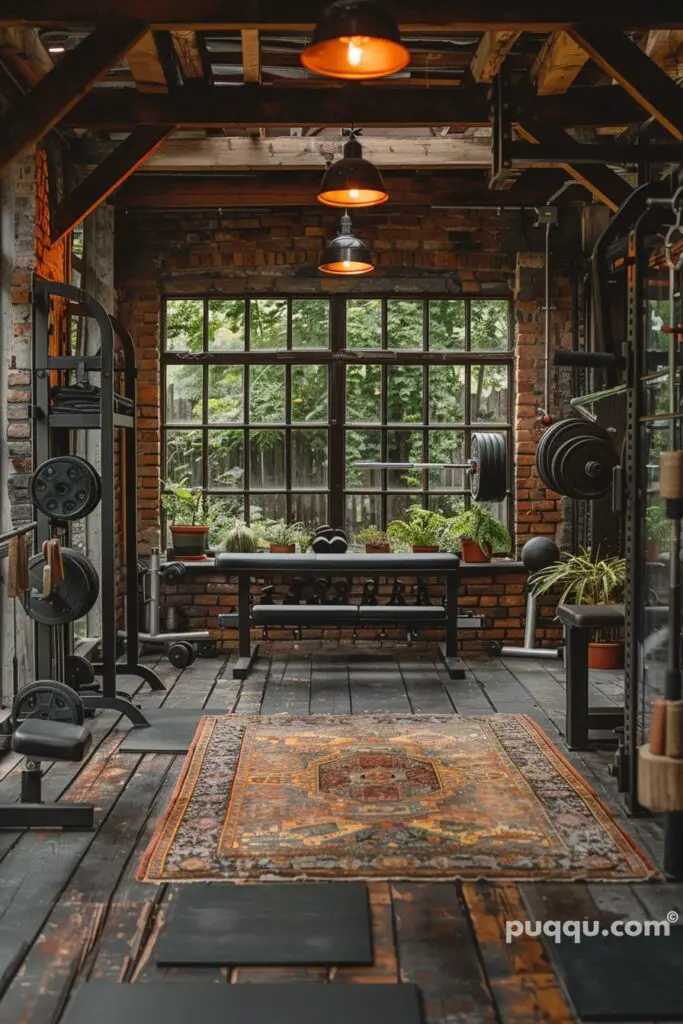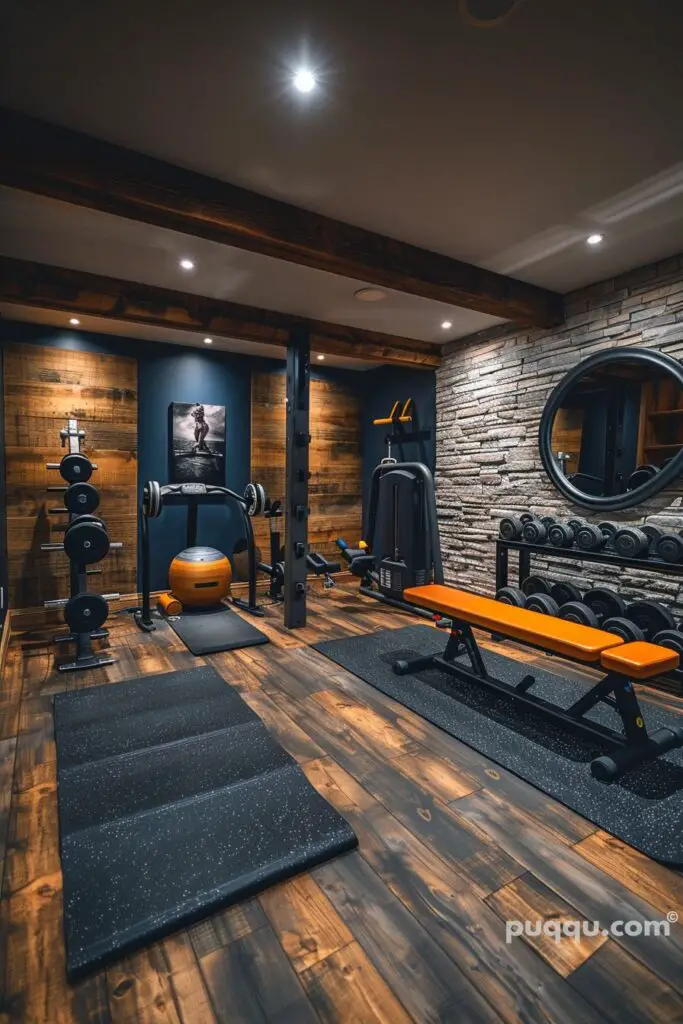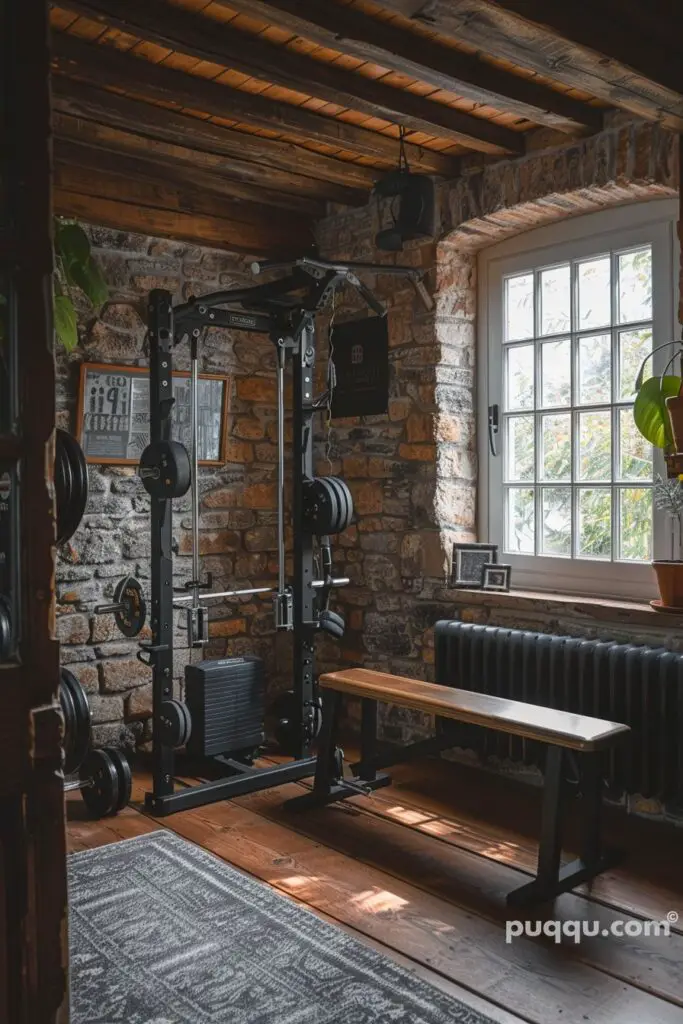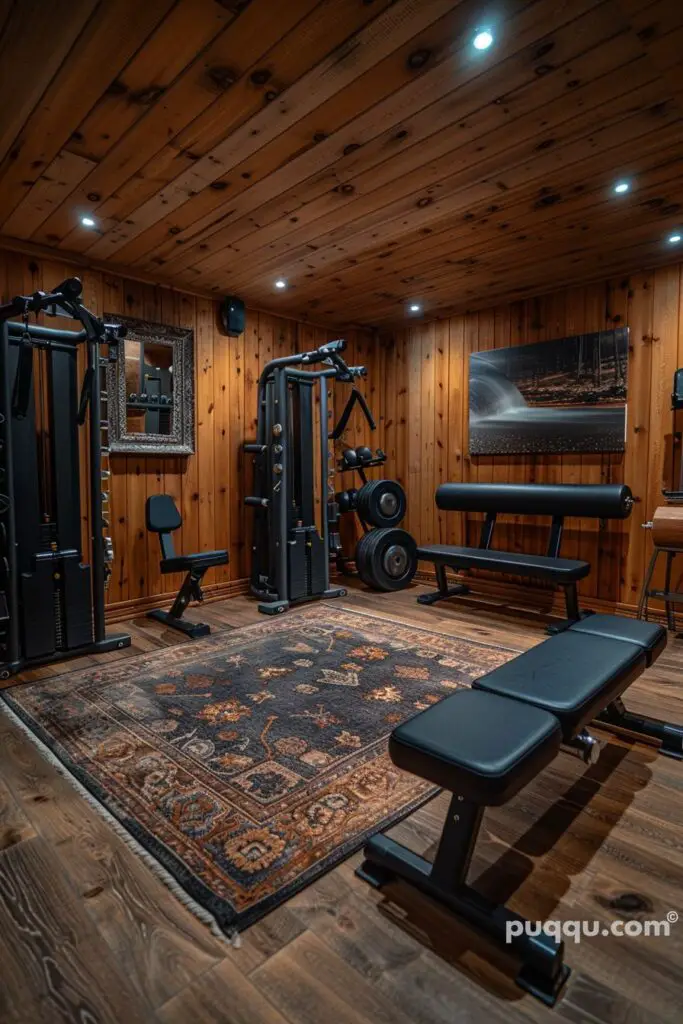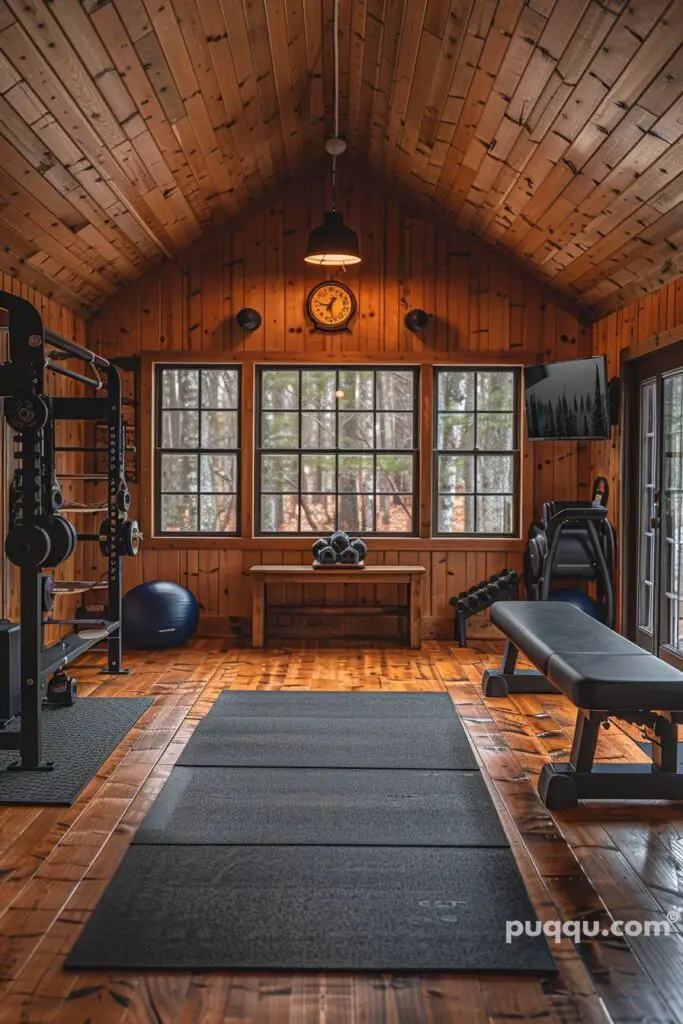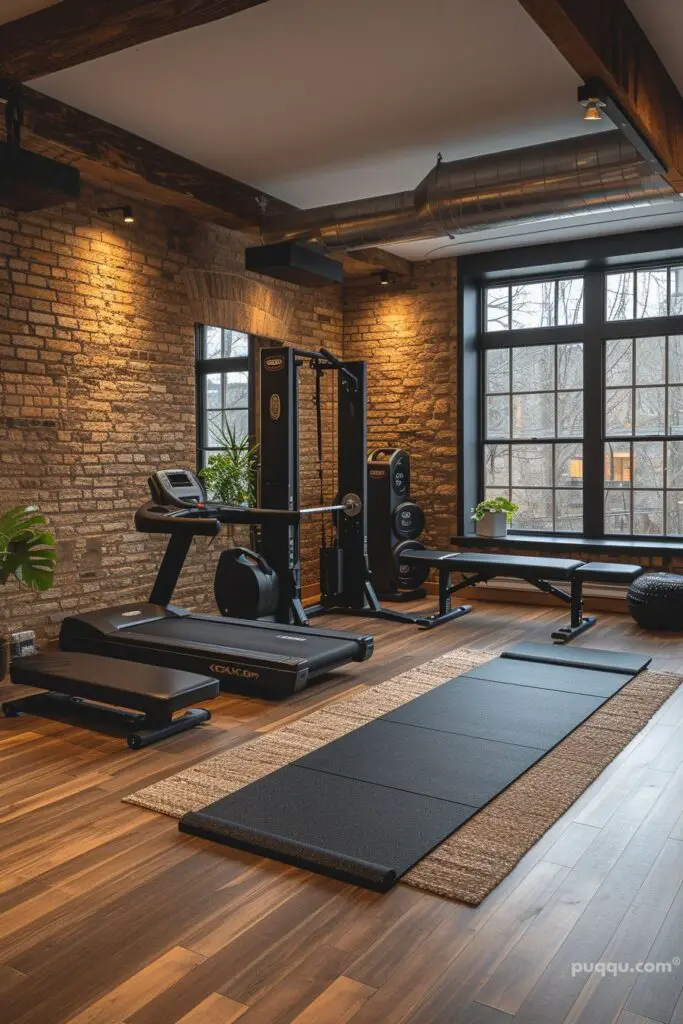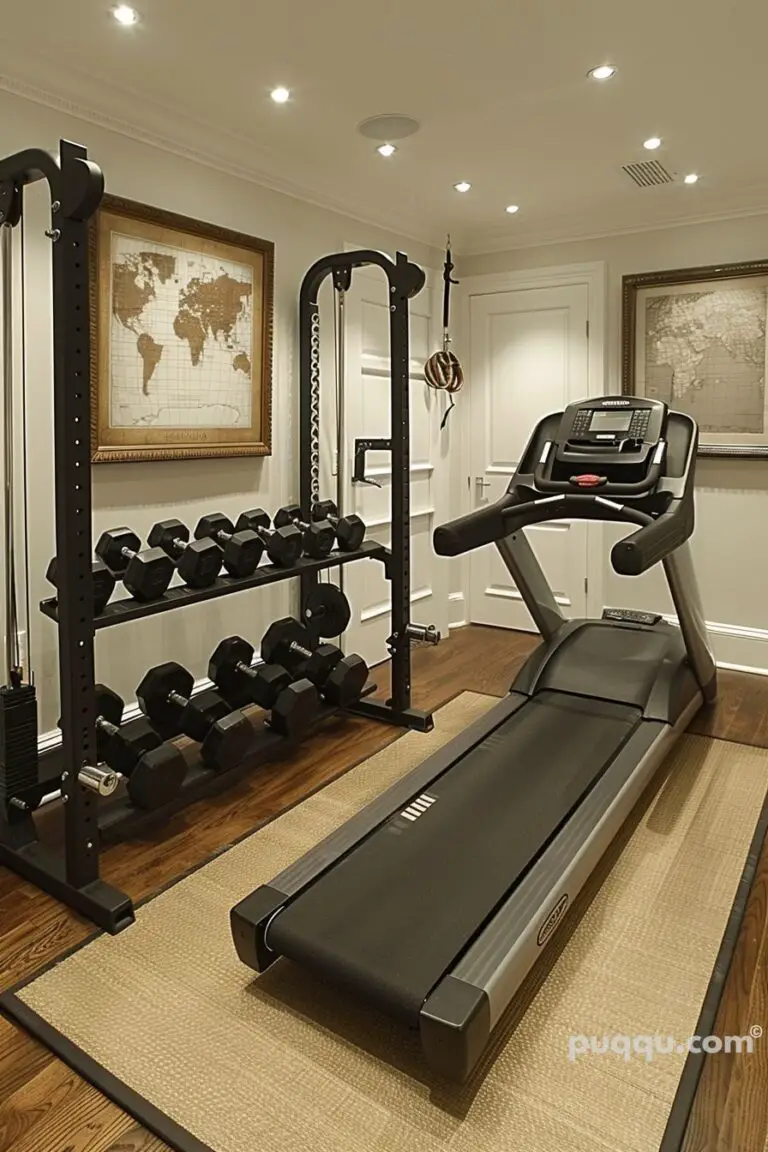Creating a mini gym at home is a convenient and effective way to maintain your fitness routine without the need for a full-scale gym setup. Whether you have a small apartment or a spacious house, you can transform a corner of your space into a functional workout area. Here’s how to set up your own mini gym at home for quick and efficient workouts.
Choosing the Right Space
Assess Your Available Space
Evaluate the available space in your home to determine the best location for your mini gym. Consider areas like a spare room, a corner of your living room, a garage, or even a section of your bedroom. Ensure the space is well-ventilated and has enough room for you to move comfortably.
Measure the Area
Measure the dimensions of your chosen space to understand how much room you have for equipment and movement. This will help you plan the layout and select the right pieces of equipment.
Essential Equipment for a Mini Gym
Exercise Mat
An exercise mat is a versatile and essential piece of equipment for any home gym. It provides a comfortable surface for floor exercises, stretching, and yoga. Choose a high-quality, non-slip mat that offers good cushioning and support.
Dumbbells
Dumbbells are great for strength training and can be used for a variety of exercises. Start with a set of light, medium, and heavy weights to accommodate different exercises and fitness levels. Adjustable dumbbells are also a space-saving option.
Resistance Bands
Resistance bands are compact, affordable, and versatile. They can be used for strength training, stretching, and rehabilitation exercises. Choose a set with different resistance levels to add variety to your workouts.
Kettlebell
A kettlebell is another excellent tool for strength and cardio workouts. It’s perfect for exercises like swings, squats, and presses. Start with a weight that suits your fitness level and gradually increase as you get stronger.
Jump Rope
A jump rope is an effective cardio tool that takes up very little space. It’s great for quick, high-intensity workouts that improve cardiovascular fitness and coordination. Choose a durable jump rope with comfortable handles.
Stability Ball
A stability ball can be used for core exercises, stretching, and improving balance. It’s also a great alternative to a chair for sitting at a desk, engaging your core muscles throughout the day. Choose a ball that is appropriate for your height.
Foam Roller
A foam roller is essential for muscle recovery and flexibility. Use it to roll out tight muscles and improve blood flow. It’s especially useful after a workout to help prevent soreness.
Adjustable Bench
If space allows, an adjustable bench can add versatility to your strength training routine. It can be used for exercises like bench presses, step-ups, and seated curls. Choose a foldable bench to save space when not in use.
Creating a Functional Layout
Plan Your Layout
Plan the layout of your mini gym to ensure you have enough space to move and perform exercises safely. Arrange equipment in a way that maximizes the available space and allows for a smooth flow between different workout stations.
Use Vertical Space
Make the most of vertical space by installing wall-mounted racks or shelves. These can be used to store smaller equipment like dumbbells, resistance bands, and foam rollers. This keeps the floor clear and organized.
Keep It Tidy
Maintaining a tidy and clutter-free space is essential for safety and motivation. Use storage solutions like bins, baskets, and hooks to keep your equipment organized. A clean and organized space makes it easier to start your workouts and stay focused.
Setting the Right Atmosphere
Lighting
Good lighting is important for creating an inviting workout space. Natural light is ideal, but if that’s not possible, use bright, adjustable lighting to illuminate the area.
Mirrors
Installing a mirror can help you check your form and make the space feel larger. It also adds a professional gym-like feel to your mini gym.
Music
Create a playlist of your favorite workout music to keep you motivated. Consider adding a Bluetooth speaker to your gym setup for high-quality sound. Music can make your workouts more enjoyable and energizing.
Ventilation
Ensure your workout space is well-ventilated. If possible, open a window or use a fan to keep the air fresh and cool during your workouts.
Workout Routines for a Mini Gym
Full-Body Circuit
Create a full-body circuit routine that targets all major muscle groups. Include exercises like squats, lunges, push-ups, dumbbell rows, and planks. Perform each exercise for 30-60 seconds, with a short rest in between, and repeat the circuit 2-3 times.
Cardio Intervals
Incorporate cardio intervals into your routine for an effective calorie-burning workout. Use equipment like a jump rope, kettlebell, or bodyweight exercises like burpees and high knees. Alternate between high-intensity cardio and lower-intensity recovery periods.
Strength Training
Focus on strength training exercises to build muscle and improve overall fitness. Use dumbbells, resistance bands, and kettlebells for exercises like bicep curls, tricep extensions, shoulder presses, and deadlifts. Aim for 3 sets of 8-12 repetitions for each exercise.
Flexibility and Recovery
Include flexibility and recovery sessions in your workout routine. Use a stability ball for stretching exercises and a foam roller for muscle recovery. Incorporate yoga or Pilates to improve flexibility and reduce stress.
Conclusion
Creating a mini gym at home is a practical and efficient way to stay fit and healthy. By choosing the right space, selecting essential equipment, and planning a functional layout, you can transform any area into a versatile workout space. With a well-organized and inviting mini gym, you’ll be able to enjoy quick and effective workouts right at home.
Frequently Asked Questions
What is the best space to use for a mini gym?
The best space for a mini gym is one that is well-ventilated, has enough room for movement, and is free from heavy furniture. Spare rooms, corners of living rooms, garages, or sections of bedrooms are great options.
What essential equipment should I include in my mini gym?
Essential equipment includes an exercise mat, dumbbells, resistance bands, a kettlebell, a jump rope, a stability ball, a foam roller, and, if space allows, an adjustable bench. These items provide a versatile range of exercises for a full-body workout.
How can I maximize space in a small home gym?
Maximize space by using vertical storage solutions like wall-mounted racks or shelves. Keep the floor clear and organized with bins, baskets, and hooks. Foldable or compact equipment can also help save space.
How do I create a motivating atmosphere in my mini gym?
Create a motivating atmosphere with good lighting, mirrors, and your favorite workout music. Ensure the space is well-ventilated and tidy. Personal touches like posters or motivational quotes can also enhance the environment.
What types of workouts can I do in a mini gym?
In a mini gym, you can do a variety of workouts including full-body circuits, cardio intervals, strength training, and flexibility and recovery sessions. Mix different types of exercises to keep your routine balanced and interesting.
